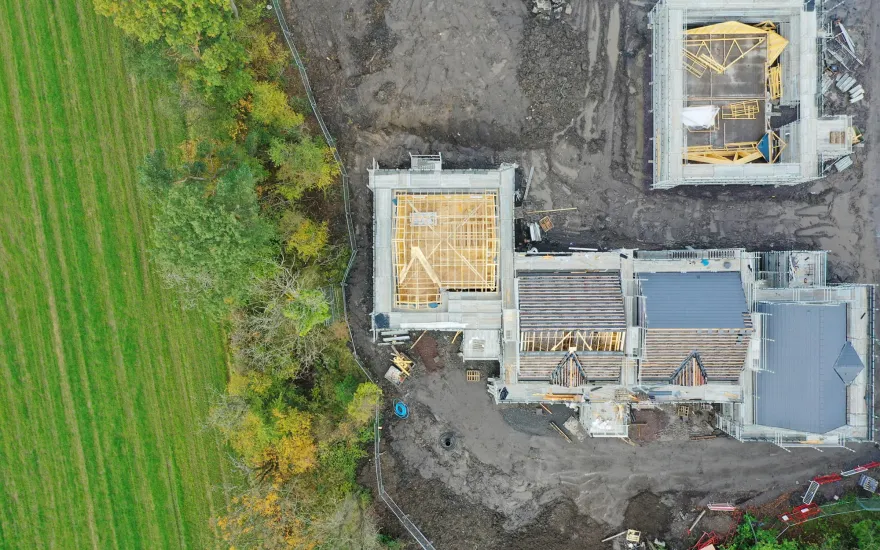Now live: The 2025 Canopy Report. Learn how Americans see trees. GET THE REPORT
Bulletin
Placing a Value on Trees
It’s easy to think of reasons why trees in the community are important, but it is more difficult trying to assign a dollar value. This is because trees appeal to emotions as well as having a practical, or functional, side.

Through a better understanding of the many ways trees are valued, urban and community forests can be managed more effectively and with greater sensitivity.
When a logger and a poet view the same tree, it is no surprise that they are unlikely to describe its value in the same way. Less expected is what happened not too long ago when two foresters were asked about the worth of a street tree. The story goes that a landowner had two large oaks in the way of highway construction. During negotiations about the value, a forester was called in who placed the figure at $300 per tree. This was based on the going price of firewood at $75 per cord. Seeking a second opinion, the landowner found another forester who used an appraisal formula and arrived at a value of $10,000 per tree! As is usually the case, the right tree in the right place had more value as a shade, or landscape, tree than for any products it might yield. A third side to this story is that the owner himself treasured the trees not in terms of dollars at all, but as part of a rich store of pleasant memories.
It is easy to place a value on trees that are grown solely for products. Foresters have done this for centuries. It is simply a matter of measuring wood volume (usually in terms of board feet of lumber or cords of pulpwood or fuelwood), and multiplying by the current market value. Similarly, trees in an orchard are valued based on the bushels of fruit they produce and the market price for that product.
The problems arise with noncommercial values. What is the value of a shady place for an afternoon barbecue? How much is the beauty of trees worth when you want to sell your house, or when a drunken driver destroys your flowering dogwood? How do you place a value on a tree that was planted by a departed parent or that stood at the crossroads when Civil War soldiers marched past?
In the following pages, trees will be looked at in two ways. First is what trees mean to the heart. To foresters, developers, utility workers, and business professionals, this is an aspect often ignored during the math and science of college courses or in the hard-nosed world of work. Yet it can explain why controversies arise over trees and why all workers need to use special care in working around trees. It can also help in building forestry programs that people will support.
The second section explains how an attempt is made to place a dollar value on trees in a way that all parties consider fair.
Through the use of proper appraisal methods, it is often surprising to discover how much trees are worth in the landscape. This, in turn, is a powerful argument on behalf of protecting and providing care for street, park, and yard trees. It is also an important step toward putting community forestry on par with other public services.
In This Bulletin
Here’s what’s inside:
- Trees and the Psyche – the less tangible ways trees improve our communities
- Assigning a Dollar Value – measuring the economic contributions
- How Much is a Tree Worth – assigning a tree’s value based on specific factors
